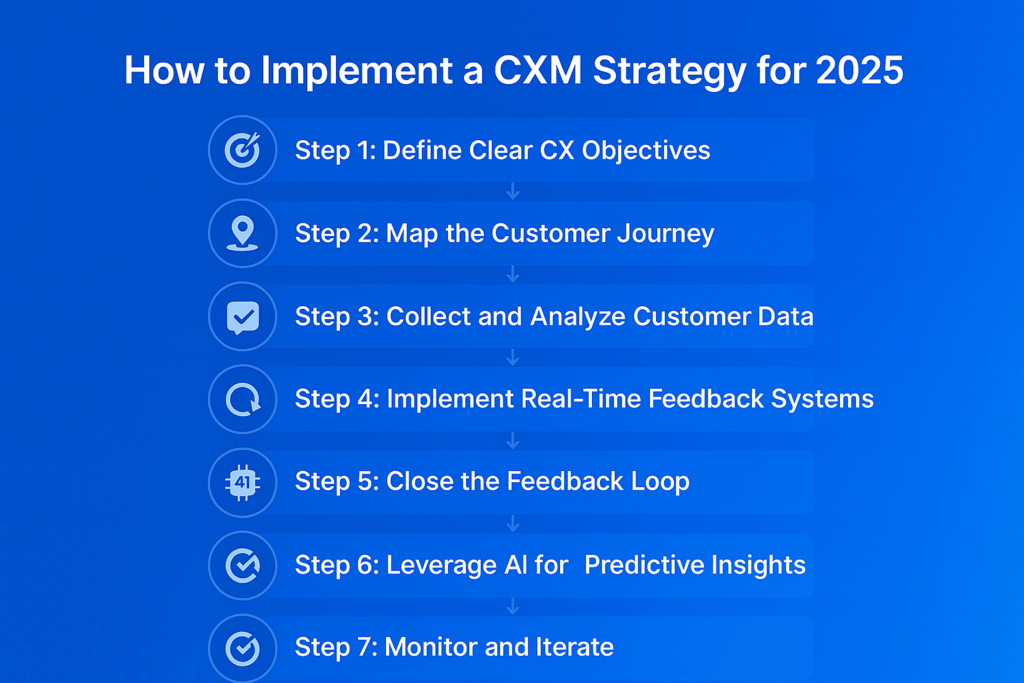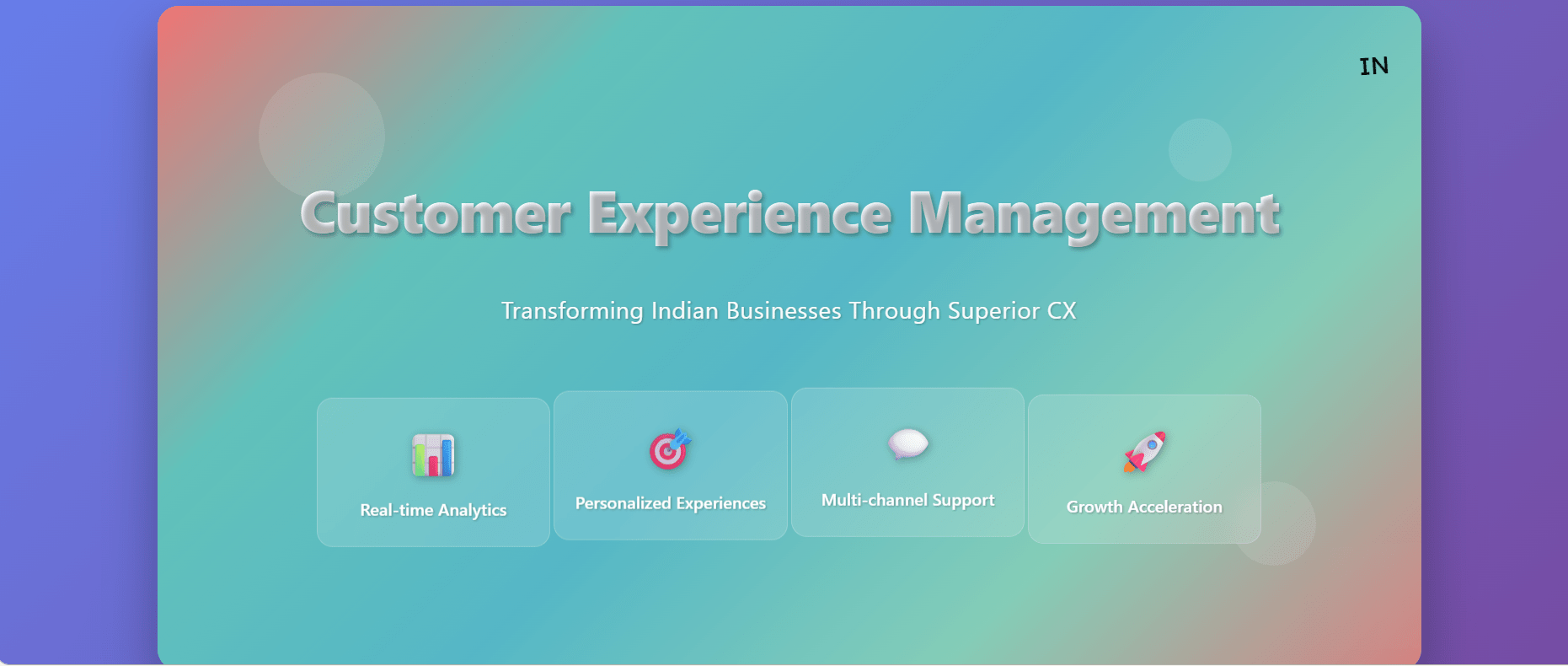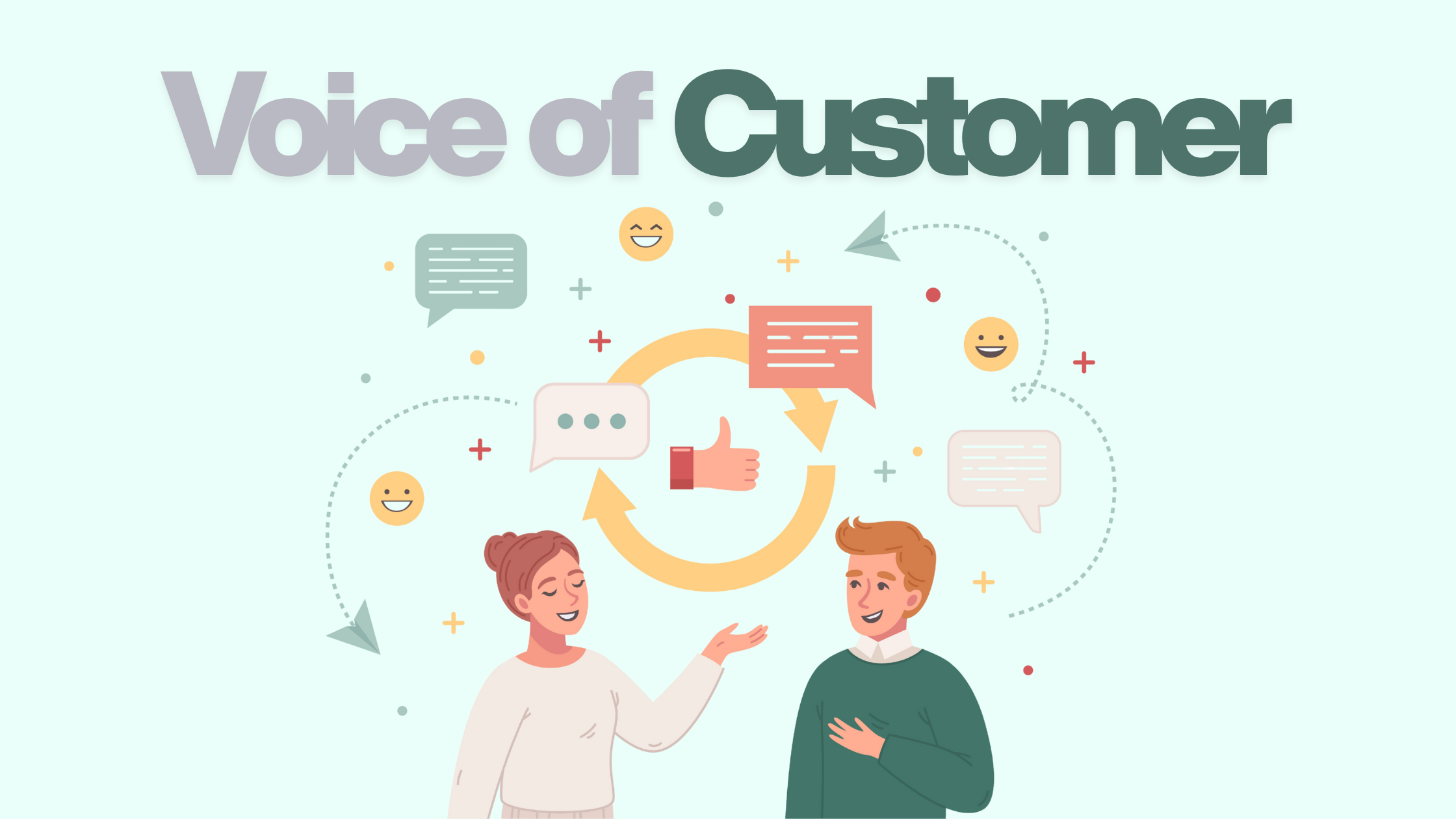Introduction
As customer expectations evolve, so must your approach to Customer Experience Management (CXM). In 2025, CXM will not just be about resolving customer issues — it will be about predicting them, personalizing experiences, and proactively shaping customer journeys through a robust customer experience management strategy.
In this comprehensive guide, we cover:
- 1. The top CXM trends and strategies for 2025
2. Industry-specific CXM best practices
3. Actionable steps to implement a winning customer experience management strategy
Why CXM Is Mission-Critical in 2025
In a landscape where product differentiation is minimal, CXM emerges as the key lever to:
- 1. Enhance customer loyalty
2. Increase customer lifetime value (CLV)
3. Drive sustainable revenue growth
4. Strengthen brand reputation
Fact: According to Forrester, companies that lead in CX outperform laggards by over 80% in revenue growth.
A customer experience management strategy becomes essential to stay ahead.
Key CXM Trends to Watch in 2025
1. Predictive Analytics for Proactive CX
- What it is: Using AI and data to anticipate customer needs and prevent churn before it happens.
- Why it matters: 77% of customers expect companies to understand their needs and proactively address them.
- How to implement: Integrate predictive analytics to identify at-risk customers and trigger targeted outreach campaigns— a critical part of a customer experience management strategy.

2. Omnichannel Experience Management
- What it is: Seamlessly connecting customer interactions across web, mobile, social media, and in-store.
- Why it matters: 73% of customers use multiple channels during their buying journey.
- How to implement: Ensure data consistency across platforms, enabling customers to switch channels without losing context. A unified customer experience management strategy ensures continuity across touchpoints.
3. Real-Time Feedback and Closed-Loop Systems
- What it is: Capturing and responding to feedback as it happens, then closing the loop by communicating actions taken.
- Why it matters: Customers who feel their feedback is acted upon are 3x more likely to remain loyal.
- How to implement: Deploy real-time feedback tools like Zykrr to monitor, analyze, and act on feedback instantly as part of your customer experience management strategy.
4. Hyper-Personalization
- What it is: Delivering tailored content, offers, and support based on customer behavior, demographics, and preferences.
- Why it matters: 80% of consumers are more likely to purchase from brands that offer personalized experiences.
- How to implement: Use AI-powered analytics to segment customers and deliver targeted content through email, SMS, or in-app notifications — all under one cohesive customer experience management strategy.
5. Employee Experience (EX) as a CX Driver
- What it is: Focusing on employee engagement as a critical component of delivering superior CX.
- Why it matters: Companies with highly engaged employees achieve 21% higher profitability.
- How to implement: Equip frontline teams with CXM training and feedback tools to foster a customer-first mindset that aligns with your customer experience management strategy.
Industry-Specific CXM Strategies for 2025
1. Retail & E-Commerce
- – Implement AI chatbots to provide instant assistance.
– Personalize product recommendations using browsing data.
– Use customer journey analytics to reduce cart abandonment rates — a key focus in your customer experience management strategy.
2. Financial Services & Banking
- – Monitor NPS and CES after key touchpoints (loan applications, mobile app interactions).
- – Deploy closed-loop feedback systems to resolve detractor issues promptly.
– Use predictive analytics to detect potential churn among high-value clients.
3. Healthcare
- – Use patient feedback loops to address service delays.
– Implement personalized health management plans based on patient history.
– Monitor CES scores post-discharge to identify areas of friction.
4. Travel & Hospitality
- – Utilize real-time feedback to resolve in-stay issues.
– Implement loyalty programs that reward promoters.
– Monitor social media sentiment to detect emerging complaints. These practices together define a successful customer experience management strategy in hospitality.
How to Implement a CXM Strategy for 2025

Step 1: Define Clear CX Objectives
- 1. Align CX goals with business objectives (e.g., reducing churn by 15% in 6 months).
- 2. Identify key metrics (NPS, CSAT, CES) and set benchmarks. A strong customer experience management strategy starts with clear intent.
Step 2: Map the Customer Journey
- 1. Identify critical touchpoints and pain points.
2. Use customer journey analytics to visualize paths and pinpoint drop-offs.
Step 3: Collect and Analyze Customer Data
- 1. Integrate data from CRM, support tickets, and social media.
- 2. Segment data by customer type, lifecycle stage, and interaction channel.
Step 4: Implement Real-Time Feedback Systems
- 1. Deploy tools to capture in-the-moment feedback.
2. Create automated workflows to escalate high-priority issues.
Step 5: Close the Feedback Loop
- 1. Develop processes for acknowledging, resolving, and communicating outcomes to customers.
2. Track detractors and implement recovery strategies.
Step 6: Leverage AI for Predictive Insights
- 1. Identify churn risks using predictive models.
2. Trigger proactive engagement campaigns for at-risk customers.
Step 7: Monitor and Iterate
- 1. Regularly review CX metrics and adjust strategies based on data.
2. Run quarterly CX workshops to assess progress and recalibrate goals. - AI is the cornerstone of a modern customer experience management strategy.
How Zykrr Supports CXM Transformation
Zykrr’s CXM platform empowers businesses to:
- 1. Capture multi-channel feedback in real time
2. Deploy predictive analytics for churn detection
3. Visualize customer journeys to identify friction points
4. Automate closed-loop feedback to drive customer-centric action
5. Segment customers and deliver personalized experiences
Ready to transform your customer experience management strategy in 2025? Request a demo with Zykrr
Frequently
Asked Questions
-
What is the most important CXM strategy for 2025?
Predictive analytics will be crucial in 2025, allowing businesses to anticipate customer needs and prevent churn before it happens.
-
How do you align CXM with business goals?
By setting clear CX objectives tied to business metrics (e.g., reducing churn by 10%) and measuring outcomes consistently.
-
What are the top CXM tools for 2025?
Key tools include predictive analytics platforms, real-time feedback systems, and customer journey mapping software. Zykrr provides all three in a unified platform.
-
How can small businesses implement CXM?
Start with targeted feedback collection (e.g., post-purchase CSAT surveys) and gradually expand to multi-channel data integration and predictive analytics.





















